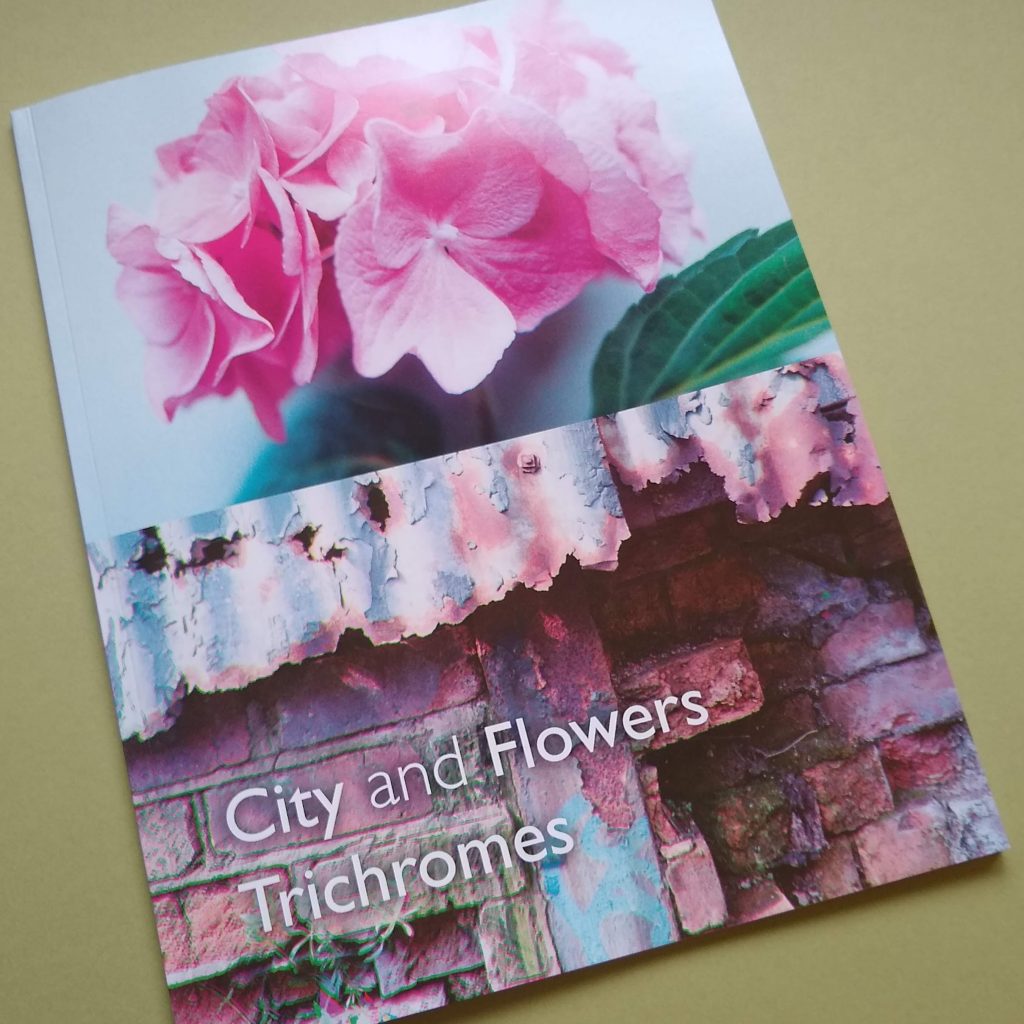The pictures in this book are trichromes. A trichrome is made from three black and white photographs, taken with red, blue and green filters. These are combined to make a colour image.
Continue reading “New book: City and Flowers Trichromes”Pinhole photography: Coated and uncoated holes compared
Since first introduced in the 1930s, coatings have given photographers tough, reflection-free, contrasty lenses. And the same technology can be applied to the holes in pinhole cameras.
But is it worth it? Coating can add a degree of scratch resistance to a hole, but does it make a real-word difference to image quality?
Here’s a direct comparison between a coated and an uncoated hole – with science and images – so you can decide for yourself.
Continue reading “Pinhole photography: Coated and uncoated holes compared”Photo Book 2019
My 2019 photo year book is here. You may be in it.
https://www.blurb.co.uk/b/9908970-dank-spangle-s-photo-year…
Expensive? I think you mean excellent value for 214 pages of excellent pics. Or save a wad and come round to mine and have a flick through.
Re-issued, improved City and Flowers zine
Good news! Well, news.
I’ve re-jigged my ‘City and Flowers’ zine – pinhole photos of flowers and Birmingham.
It’s now got:
* More pictures
* Less price – it’s only £5.50
Follow the link for a preview: https://www.blurb.co.uk/b/10175648-city-and-flowers-3
‘Scanning’ film negatives
This is my set up and process for ‘scanning’ negatives. That is making positive, digital copies of pictures from film negatives.
The usual way of doing this is using a scanner. But – unless you have a zillion-pound, wet-mount drum scanner – you’ll probably be using a flatbed scanner. I haven’t had any joy getting good results out of a flatbed.
I get much better results using a digital camera, a tripod, a light pad and a homemade negative holder. I process the scans in Lightroom and Photoshop. (They are photos of negatives, not scans as such, but I’m going to call them scans.)
Continue reading “‘Scanning’ film negatives”









